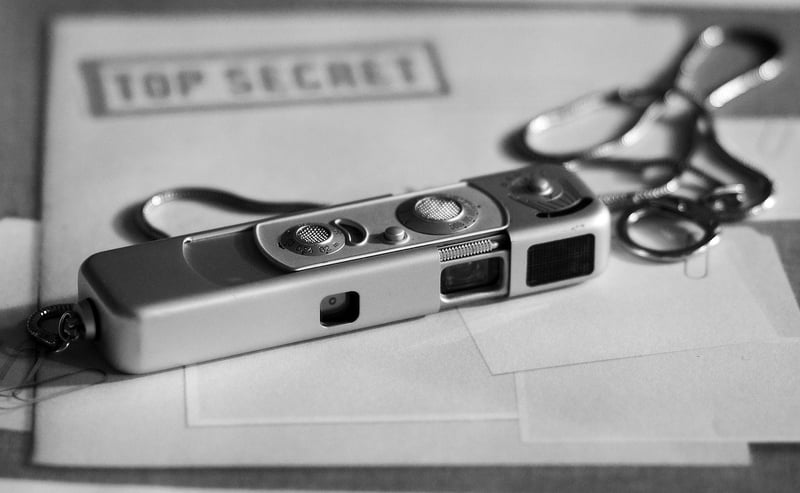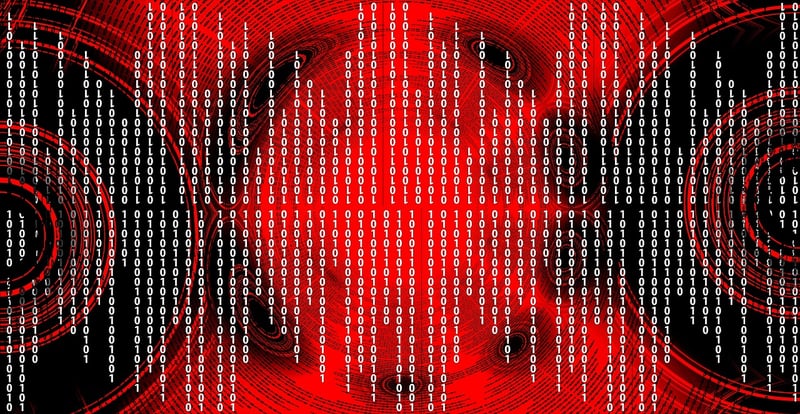Undercover Conversations
The Art of Secretive Communication and Undercover Conversations
In a world where privacy is increasingly valued, the art of secretive communication and undercover conversations has become more relevant than ever. Whether you are a spy, a detective, or simply someone who values discretion, mastering the skill of covert communication can be both intriguing and practical.
Why Secretive Communication Matters
Secretive communication is essential for various reasons, including:
- Protecting sensitive information
- Conducting undercover investigations
- Maintaining confidentiality in personal or professional matters
- Ensuring security in sensitive conversations
Techniques for Undercover Conversations
Here are some common techniques used in undercover conversations:
- Use of coded language or signals
- Employing covert methods of communication such as invisible ink or encryption
- Utilizing dead drops or secret meeting locations
- Creating cover stories or aliases to protect identities
Tools of the Trade
Various tools can aid in secretive communication, including:
- Cipher devices
- Disposable phones
- Encryption software
- Hidden cameras or microphones
Image Gallery


Conclusion
Mastering the art of secretive communication and undercover conversations requires skill, discretion, and a keen understanding of the tools and techniques involved. Whether you are navigating the world of espionage or simply seeking to protect your privacy, these practices can be both fascinating and invaluable.
Remember, secrecy is not always about deception but often about safeguarding what matters most. So, hone your covert communication skills and embrace the intrigue of undercover conversations.
